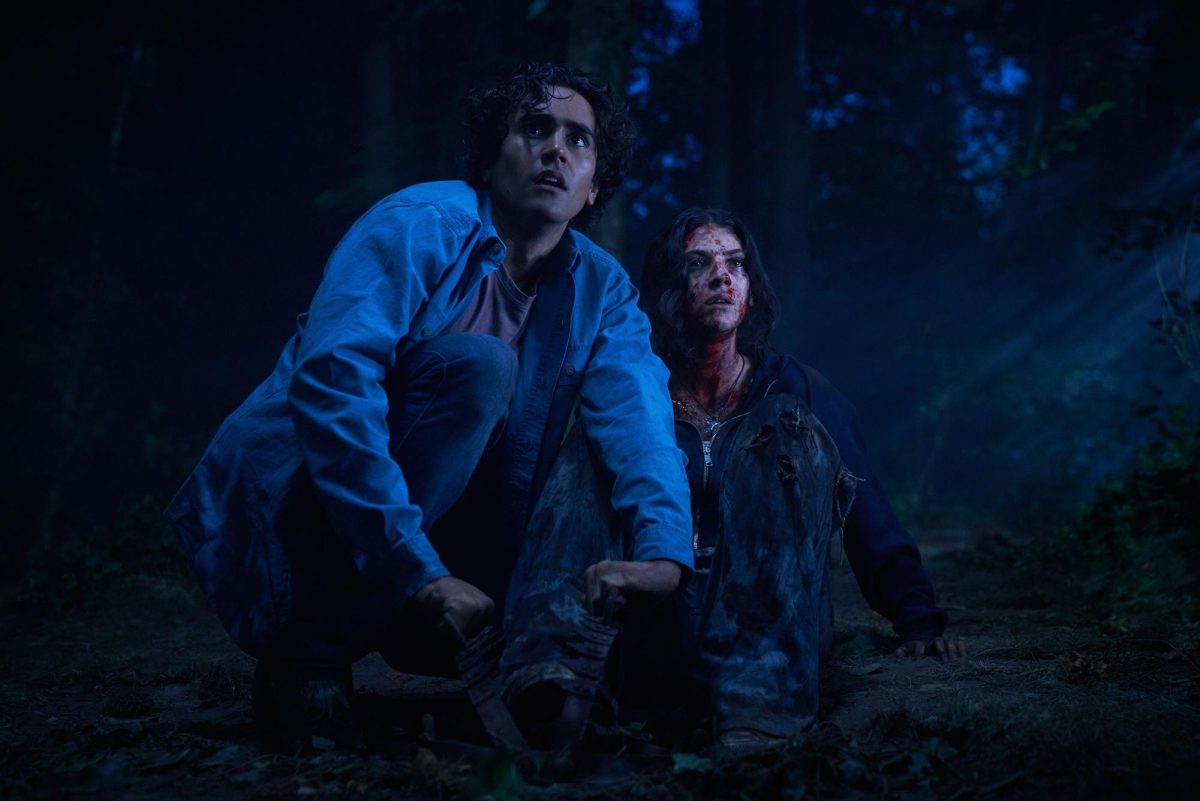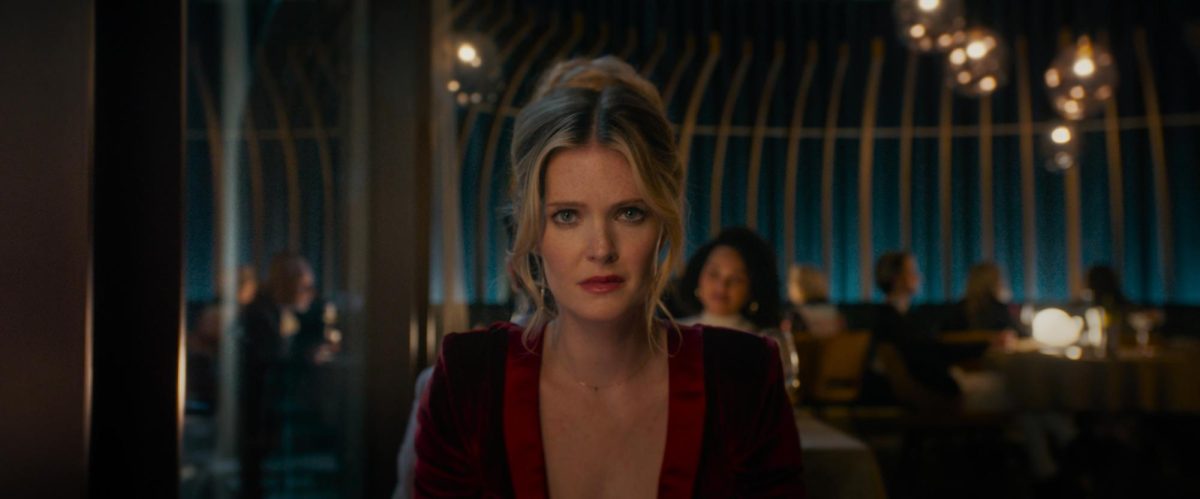In the orange light of a humble diner, the audience watches a group of performers with hushed attention. The band of bearded crooners hum a bluegrass tune with foot-stomping rhythm foretelling the story about to unfold.
Didier Bontinck (Johan Heldenbergh) sings at center stage without the usual company of his wife, Elise Vandevelde (Veerle Baetens). Didier, a banjo player and self-employed cowboy, fell into a whirlwind romance with Elise, an uninhibited tattoo artist. “The Broken Circle Breakdown” took place during the course of their initially happy marriage, which suffered after the cancer diagnosis of their beloved six-year-old daughter, the spunky and sensitive Maybelle (Nell Cattrysse). Maybelle’s terminal illness and deteriorating health created a rift between her parents, unearthing riotous guilt and anger over Maybelle’s upbringing and the inadequacy of the science necessary for a cure.
Adapted from an original theater play written by lead actor Heldenbergh, the film frequently weaves music into its narration, lending both humorous and emotionally expressive qualities to the storytelling. Told heavily through flashbacks to the early days of Didier and Elise’s courtship, the original score aids in connecting the past and present through its narrative style.
Belgian director Felix Van Groeningen, known for directing “The Misfortunates” and “Steve + Sky,” acknowledges the film’s theatrical roots, largely influenced by Heldenbergh’s presence on set, while employing more experimental methods in his own filmic interpretation. To complement the onstage performances of Didier and Elise’s bluegrass band, Groeningen splices American newscasts and quirky superhero theme songs into the mix, accumulating many “slice-of-life” moments to craft a master narrative that the audience will actively piece together.
Reminiscent of Derek Cianfrance’s “Blue Valentine,” many scenes in Groeningen’s film are disturbingly real, capturing the raw, emotional turmoil of a disenchanted marriage. As Maybelle’s condition worsens, Elise and Didier’s grief morphs into misplaced blame and guilt, a catalyst for a the first of many shouting matches that ends in tears and unheard apologies. Heldenbergh and Baetens deliver commendable performances with their convincing chemistry, as Heldenbergh embodies the rational, atheistic Didier. His angry, frustrated rants are silencing, commanding the audience’s stunned attention through his saddening conviction. Baetens creates a layered character for Elise, who declines from a scarred, but free-spirited, lover to a mournful, guilt-ridden mother. Her broken-heartedness is tangible, evoking empathy from the audience.
“The Broken Circle Breakdown” will tug at viewers’ heartstrings, encapsulating the emotional viscera of love and loss in this memorable on-screen performance.
















